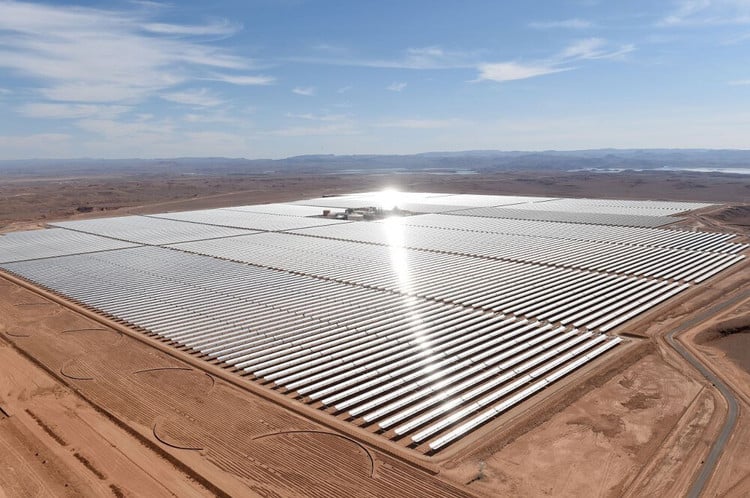Solar power is booming in Europe, accounting for around 11% of the region’s total electricity production. However, the efficiency of this energy source is seriously threatened by fine dust from the Sahara Desert. Dust storms from North Africa not only reduce the amount of sunlight reaching the ground, but also damage solar panels and make it difficult to forecast electricity production accurately.
Saharan dust flies far, reducing solar power output in many European countries.
According to researchers presenting at the European Earth Science Union (EGU25) General Assembly, observational data from 46 Saharan dust events in the period 2019–2023 showed widespread impacts in countries such as Spain, Portugal, France, Italy, Greece and Hungary. Saharan dust reduces the efficiency of solar radiation collection due to the ability of fine particles suspended in the atmosphere to absorb and scatter light. In addition, dust promotes cloud formation, further complicating the situation.
One of the major problems is that current solar forecasting systems are not accurate enough when dense dust appears. Conventional atmospheric models, which rely on average aerosol levels, do not reflect the fast and uneven fluctuations of dust clouds. When errors occur, the grid coordination system cannot adjust quickly enough, leading to power shortages or the need to switch to more expensive alternative sources.
Solar power projects in the Sahara take advantage of strong sunshine but must deal with thick dust.
Several recent events have shown the significant impact of Saharan dust. In March 2022, a massive dust storm that blanketed southern Spain reduced peak solar power output by up to 80%. In Germany, another dust storm cut output by nearly half of forecasts, forcing the grid to switch to coal and imported electricity, raising costs and putting pressure on consumers.
Dust not only affects solar radiation, it also directly affects solar power infrastructure. The layer of dust covering the surface of the solar panel blocks light, reducing energy conversion efficiency. In humid conditions, dust easily adheres, forming a layer of dirt that is difficult to clean and can corrode the protective glass. Cleaning large solar systems is not simple, with estimated costs of up to 400–500 EUR/MW of capacity.
To overcome this, many research groups are looking to improve the technology. In Spain, the University of Jaén is testing a superhydrophobic nano-coating to reduce dust accumulation. Other companies are developing automatic waterless cleaning systems to reduce costs and the risk of damage from mechanical cleaning.
Meanwhile, meteorologists have proposed to integrate real-time dust data from satellites and ground sensors into power generation forecasting models. Some experimental systems have shown promising results, showing a significant increase in accuracy when adding information on dust levels and dust-cloud interactions. This is seen as a necessary step to stabilize the increasingly important role of renewable energy in Europe.
Source: https://khoahocdoisong.vn/chau-au-chat-vat-vi-bui-sahara-post1552965.html





































































































Comment (0)